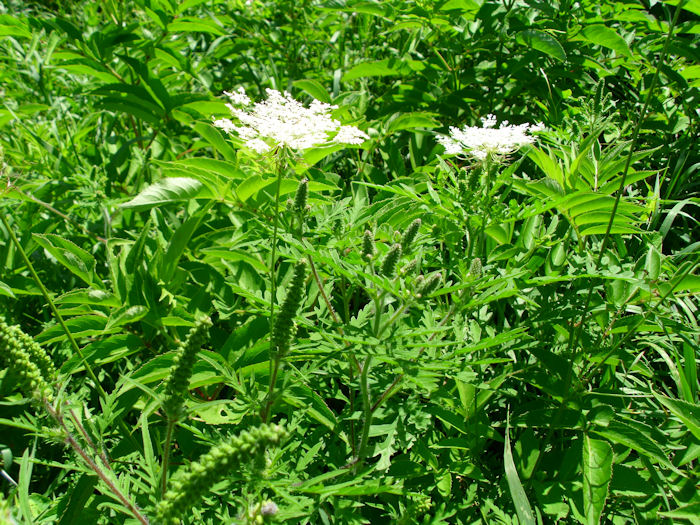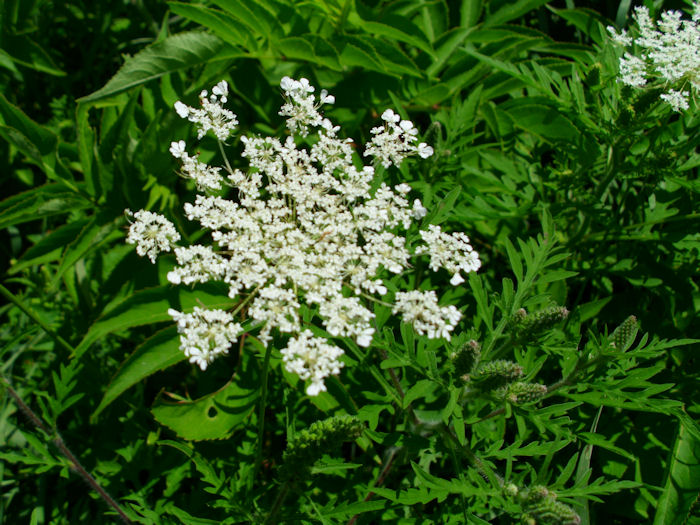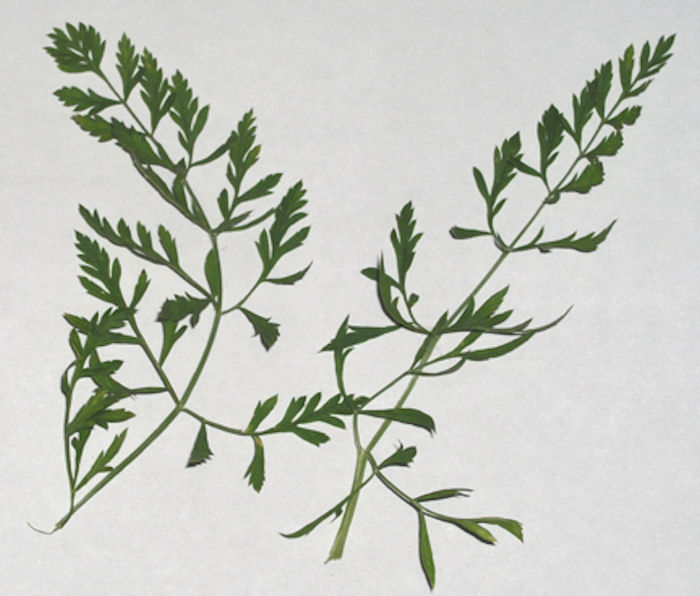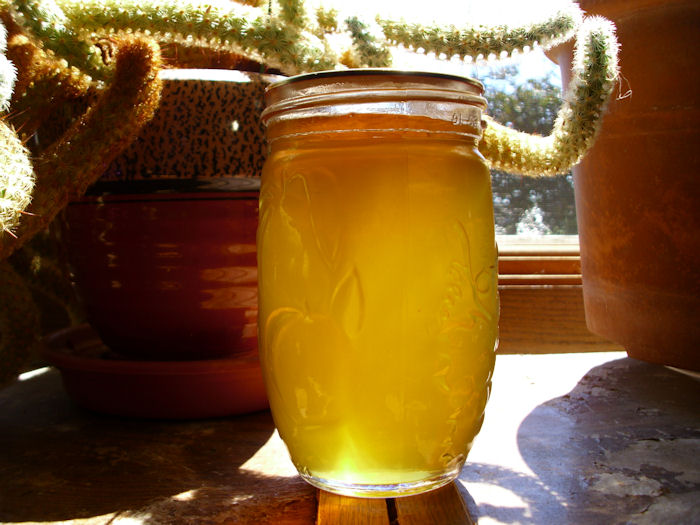It wasn’t long ago that I wrote The Wonders of Queen Anne’s Lace. In that particular post, I provide a recipe for making a delicious jelly from the flower. This year’s jelly is the best Rebecca has ever made. The flowers were plentiful and extremely fragrant this year. In fact, the wildflowers as a whole were amazing this year. Something about the cool wet spring and odd summer weather caused the wildflowers to grow in such profusion that every trip to town was a joy (I just wish I had thought to stop along they way and take some pictures—such is the problem with missed opportunity). The difference was so incredible that the road department actually held off mowing the shoulders just so people would be able to enjoy the flowers longer (the shoulders have since been mowed in the interest of public safety). Wisconsin’s rustic roads received quite a workout as people enjoyed the splendor.
In thinking about my post earlier this week about every year being a good and a bad year at the same time, the profusion of wildflowers this year is definitely a good thing. However, it also brings to mind an issue that everyone needs to consider when using herbs of any sort (including Queen Anne’s Lace). The difference in potency this year is striking. Just sticking my nose into the bag I used to collect the flowers this year was overwhelming and you can definitely taste the difference in the resulting jelly. Herbal potency varies year-by-year and also location-by-location (it also varies according to the age of the plant, the part of the plant used, and a number of other factors). It’s important to consider the strength of the herbs you collect when you use whole herbs as we do. We don’t use herbs for medicinal purposes (an exception is comfrey, which I do use for foot baths and on sore muscles), but we do use them in cooking where a difference in potency can be quite noticeable and sometimes unwelcome when the result is unbalanced. In short, you need to take potency into consideration when picking and using herbs.
Some people try to overcome these differences by using a standardized herbal extract. A standardized extract contains a specific amount of the active ingredients in a particular herb. You can depend on the herb extract acting in a certain way. However, the equipment needed to create a standardized herbal extract is well beyond the means of most enthusiasts working in smaller herb gardens. In addition, there is some discussion that standardized herbal extracts leave out valuable, but less researched, components that are also useful and helpful. In short, when you buy a standardized herbal extract, you might not get everything the plant has to offer.
In looking at the beautiful jars of Queen Anne’s Lace jelly now adorning our larder shelves, I know I’ll enjoy a bit of summer this winter every time I have a bit of it on my toast. Sometimes the wonder of herbs comes from enjoying them just as they are. Even so, the smart gardener does keep potency in mind. Marking jars with perceived strength is a good idea, especially when cooking with a particular herb could lead to a resulting imbalance in the taste your food. Let me know your thoughts on herbal potency at [email protected].




